Search
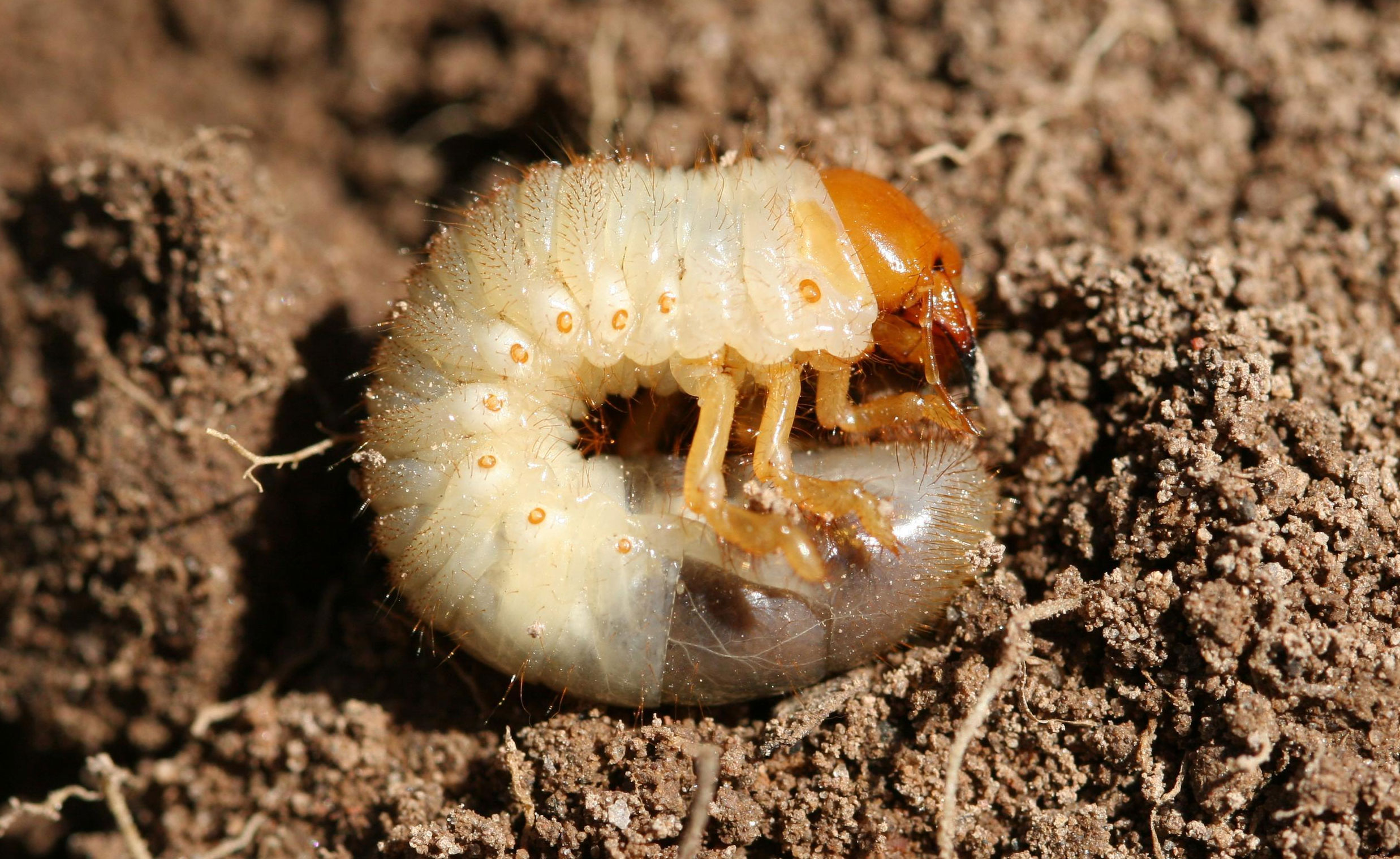
2019 June Beetle Update
In the spring of 2016, we received reports of large populations of June beetles in Central South Dakota, which indicates the start of a new cycle for the grubs. Based on these reports, it is estimated that 2019 will be the big emergence year if the 2016 adults were successful and their grubs survived.
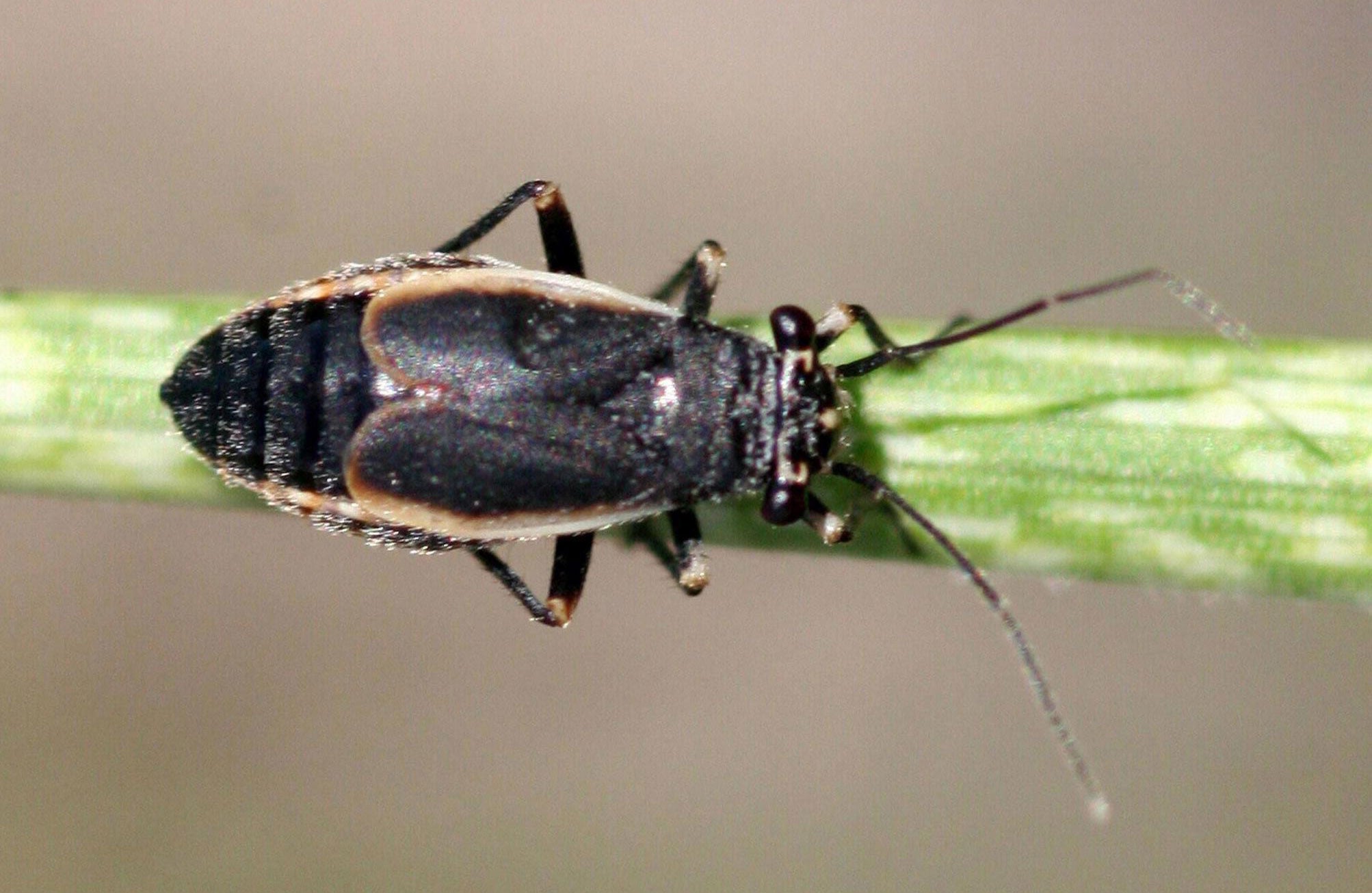
Be on the Lookout for Black Grass Bugs
It’s time to begin scouting pasture and wheat for the presence of black grass bugs. Last year, we saw the highest populations in areas of Central and Southwestern South Dakota. If left untreated, black grass bug populations tend to increase year after year.

Use the SD Spray Tool for Inversion Detection and Weather for Pesticide Application
The SD Mesonet Spray Tool provides real-time weather data for pesticide applicators. This dedicated website for pesticide applicators uses the SD Mesonet weather data, which is updated every five minutes.

Soybean Production: Cost-effective pest management practices
Chemicals were one of the most expensive individual costs in soybean production, behind only to seed in the non-land cost category. The average cash-rent soybean production farms incurred a crop chemical cost of $39/ac in 2015, an 88% increase from 2010.
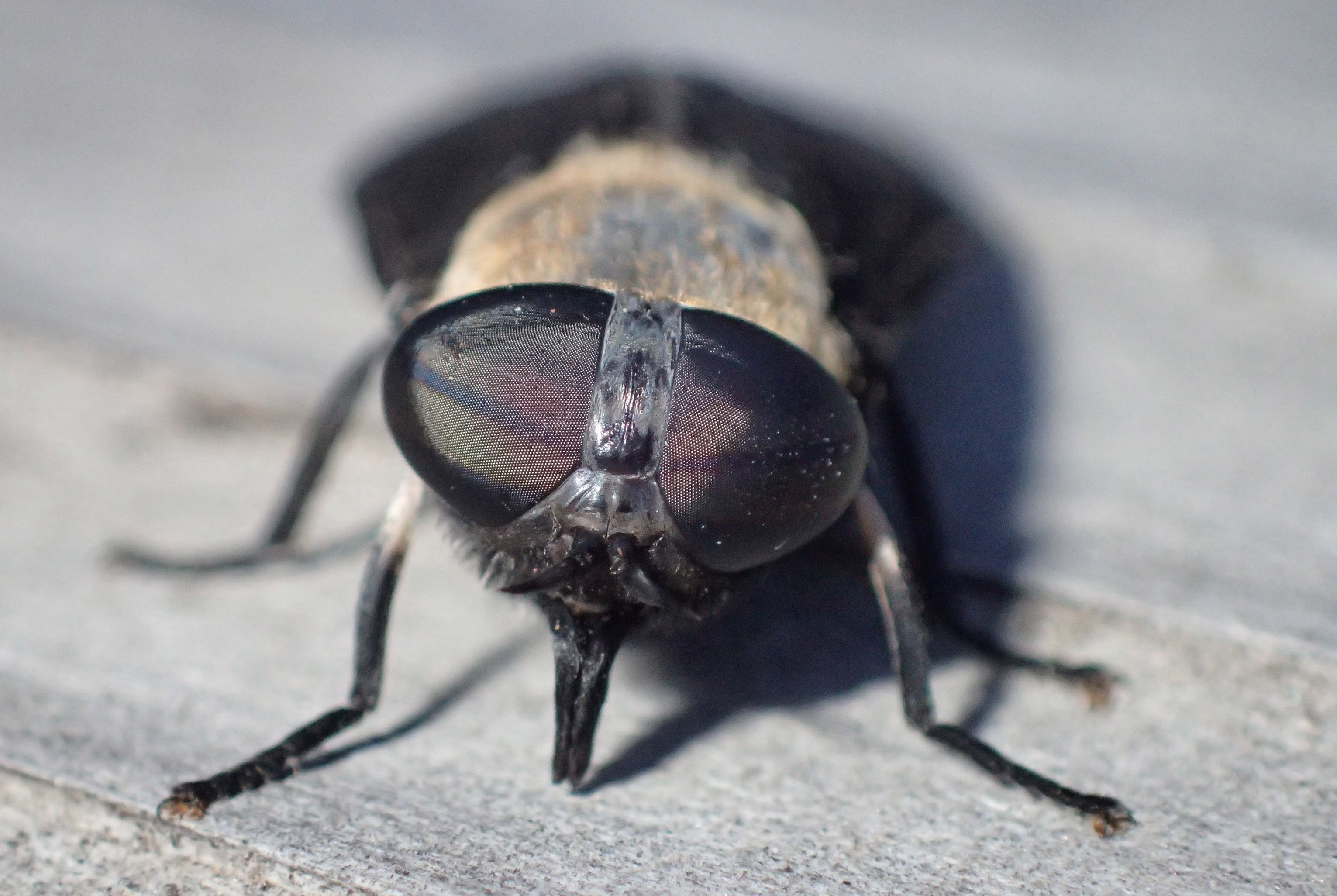
What are Those Gigantic Flies?
As we progress later into the summer, we commonly see an increase in horse fly activity.

Promoting Dung Beetles on the Range
In South Dakota, dung beetles help regulate rangeland health through dung dispersal.

Lady Beetles of South Dakota
Lady beetles are one of the most familiar groups of beneficial insects. Farmers and gardeners appreciate them for devouring insect pests. Both adult lady beetles and caterpillar-like juveniles eat pests.
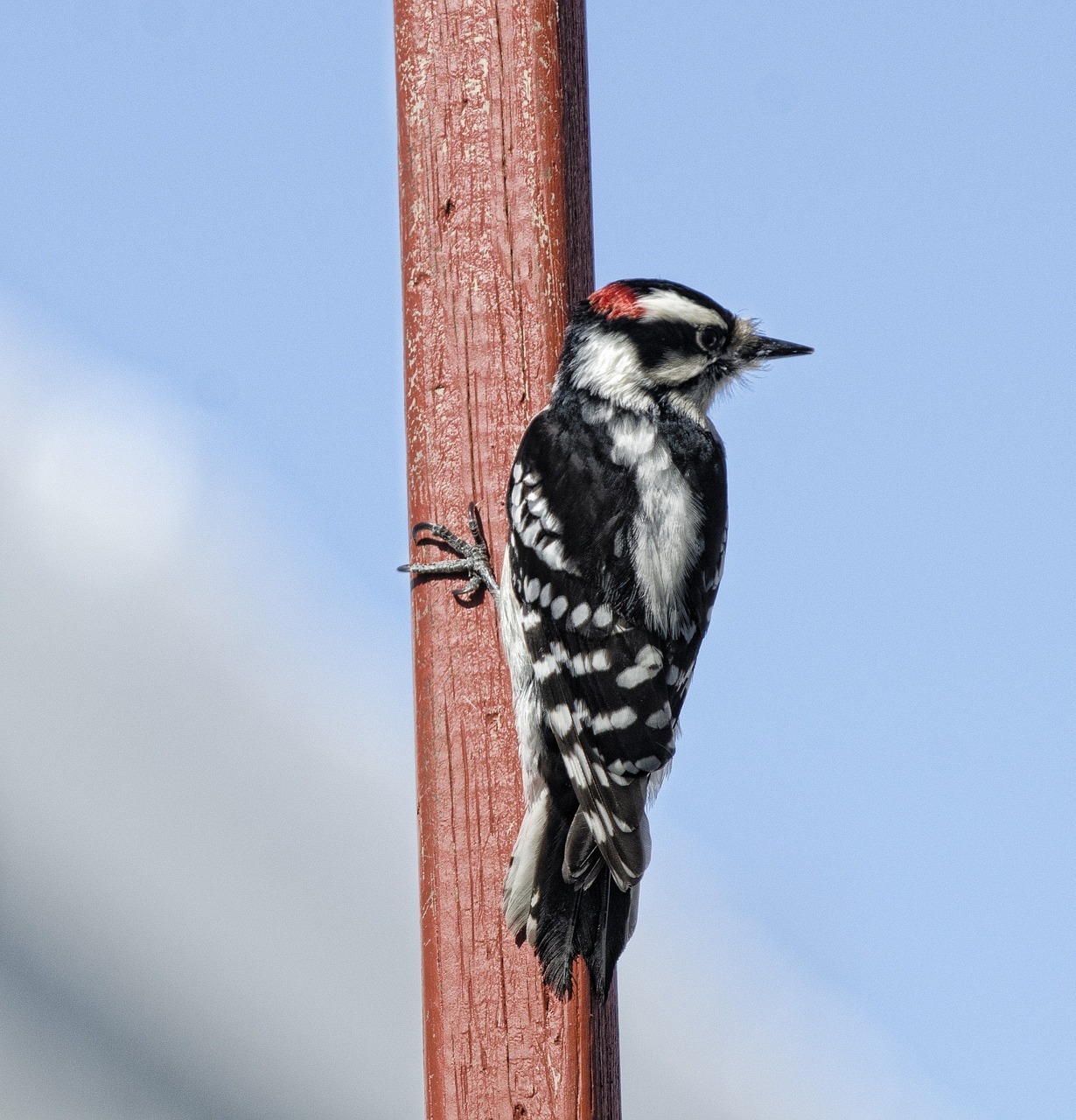
Woodpeckers Attacking Bur Oaks
Woodpeckers have been seen across the region chipping away at the bark of young bur oak. The woodpeckers can shred most of the bark from young trees, enough that the trees are killed by this injury.
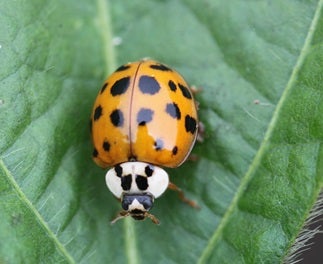
Lady Beetles of South Dakota
A guide for monitoring, properly identify, and promoting the growth of lady beetles.
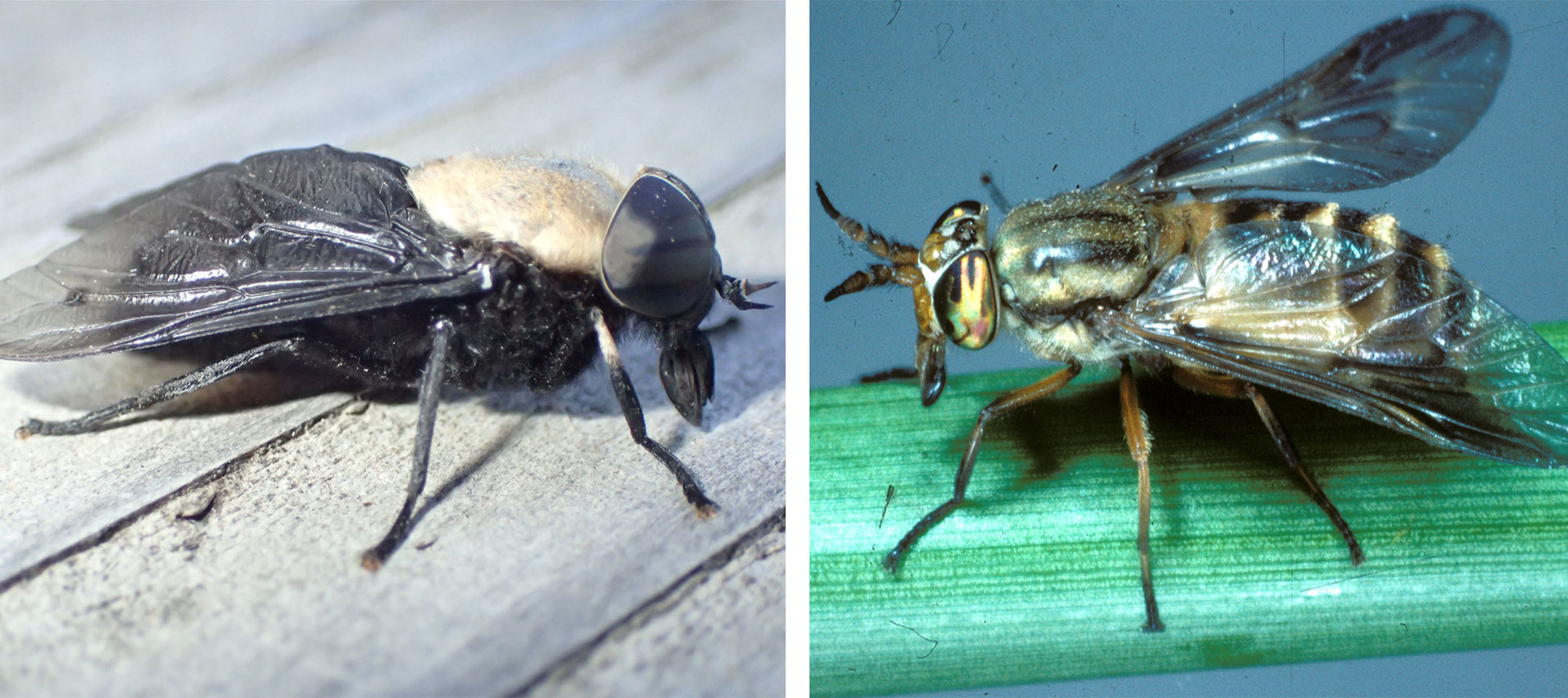
Horse Flies and Deer Flies Becoming Abundant
The above-average precipitation this year has led to increased numbers of horse flies and deer flies across South Dakota. Widespread flooding and an overall abundance of available water has made conditions perfect for these flies.